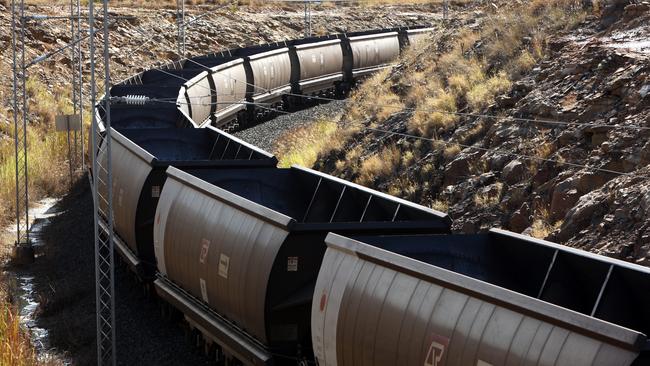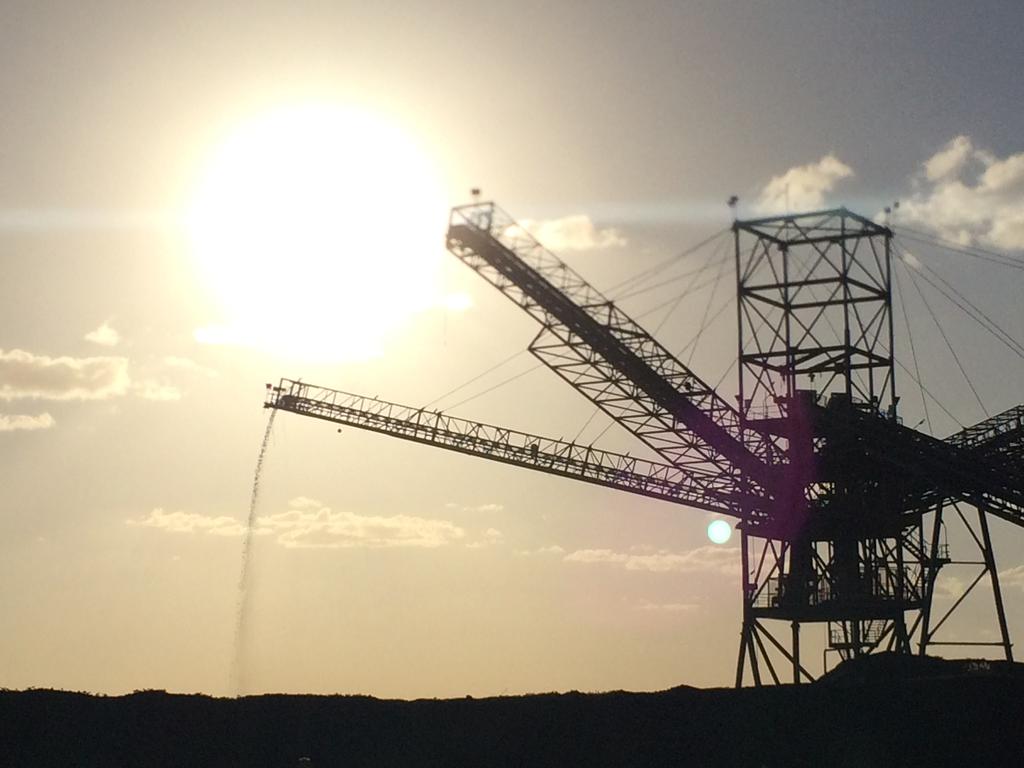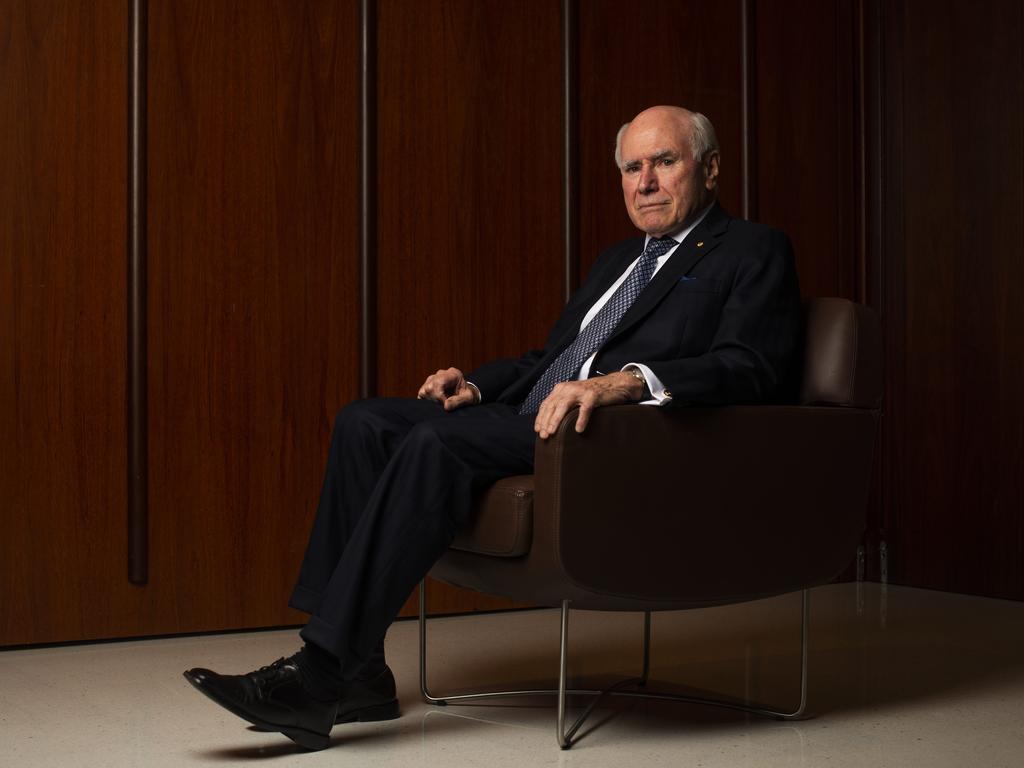Westpac to cut coal ties by 2030
Westpac will withdraw all support for the thermal coal industry by 2030.

Westpac will withdraw all support for the thermal coal industry by 2030, bringing the bank’s position into line with the commitment made last year by Commonwealth Bank.
In its fourth climate change position statement and action plan, released on Monday, the nation’s second-biggest bank pledged to slash its exposure from an estimated $370m to zero by the target date.
The lender said it would not establish relationships with new thermal coal customers, and limit support for thermal coalmines or projects to existing basins while maintaining strict quality criteria.
While Westpac has aligned its position with CBA, National Australia Bank has set the same target but given itself five more years to achieve it — by 2035.
ANZ has failed to set any deadline.
“We have made it unequivocally clear that our thermal coalmining exposure has, and will continue to, significantly reduce over time,” an ANZ spokesman said.
Since the Paris Agreement was concluded in 2015, he said, ANZ’s exposure had more than halved, with lending to renewables projects increasing by 55 per cent.
Julien Vincent, executive of activist group Market Forces, said ANZ had long been the laggard of the big four.
“It’s been the most supportive bank of the fossil fuel industry for a long time,” Mr Vincent said.
However, Westpac’s move was a “step forward”, with the exclusion of new customers likely to rule out any new thermal coal projects.
In its CCPS, Westpac said it operated according to five principles.
First, a transition to a net-zero emissions economy was required by 2050, and economic growth and emissions targets were regarded as complementary goals.
Addressing climate change also created opportunities, and climate risk was a financial risk.
Finally, collective action, transparency and disclosure were important.
Westpac said it would support solutions and technology that accelerated the transition to a low carbon economy.
Over the next three years it aimed to provide $3.5bn in new lending to climate change solutions, and $15bn in the next 10 years to 2030.
On metallurgical coal production, it would support technological developments and industry initiatives to reduce the dependence of the steel industry on coal.
It would also require any significant component of production from new metallurgical mines used for electricity generation to meet the bank’s existing standard.
Mr Vincent said growing acceptance of the need to scale back thermal coal meant the climate debate was turning to oil and gas.
“We can’t expand gas and comply with the goals of the Paris Agreement,” he said.
Westpac said it would continue to assess the role of oil and gas in the transition to a low carbon economy, and to develop Paris-aligned financing strategies for emissions-intensive sectors.






To join the conversation, please log in. Don't have an account? Register
Join the conversation, you are commenting as Logout